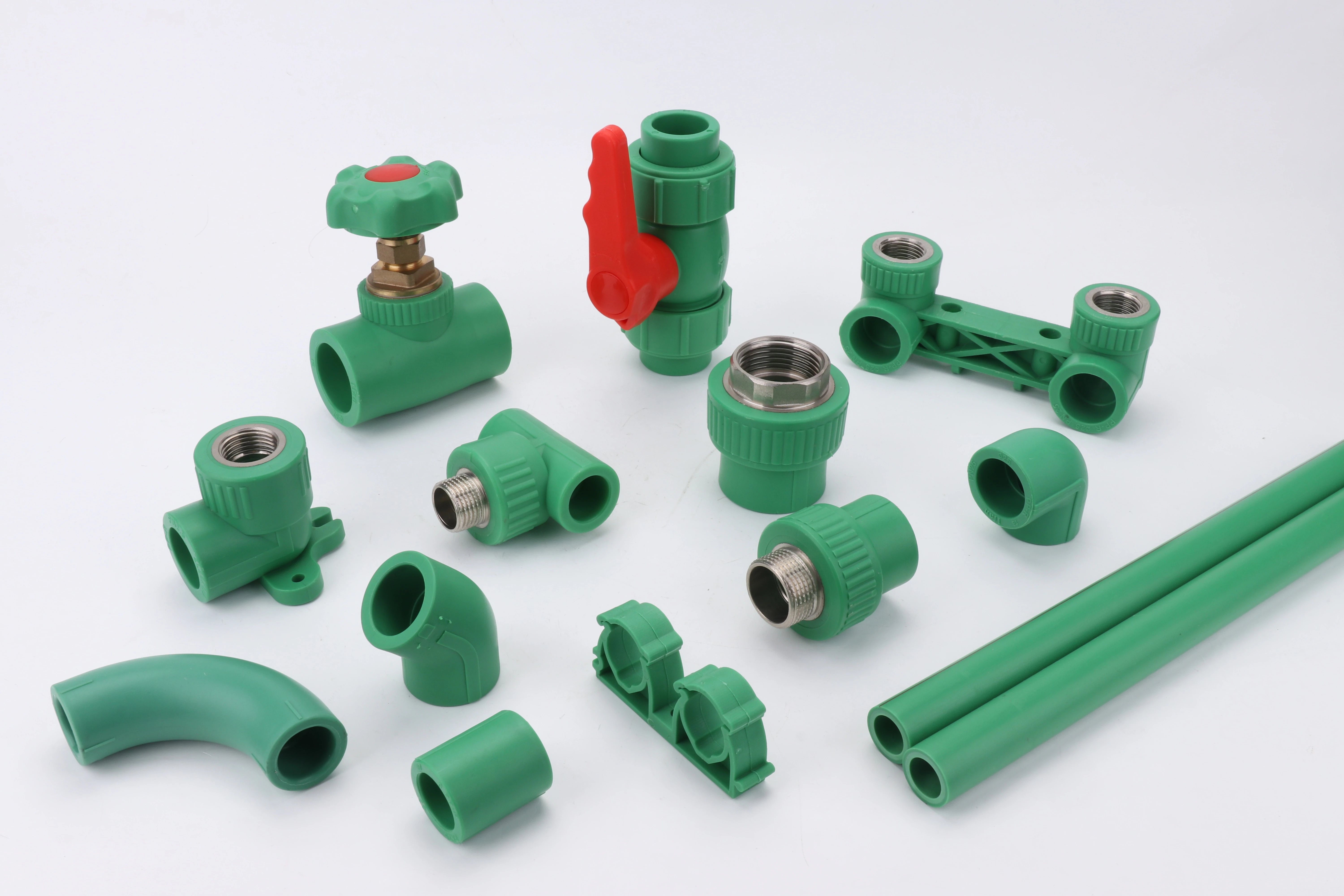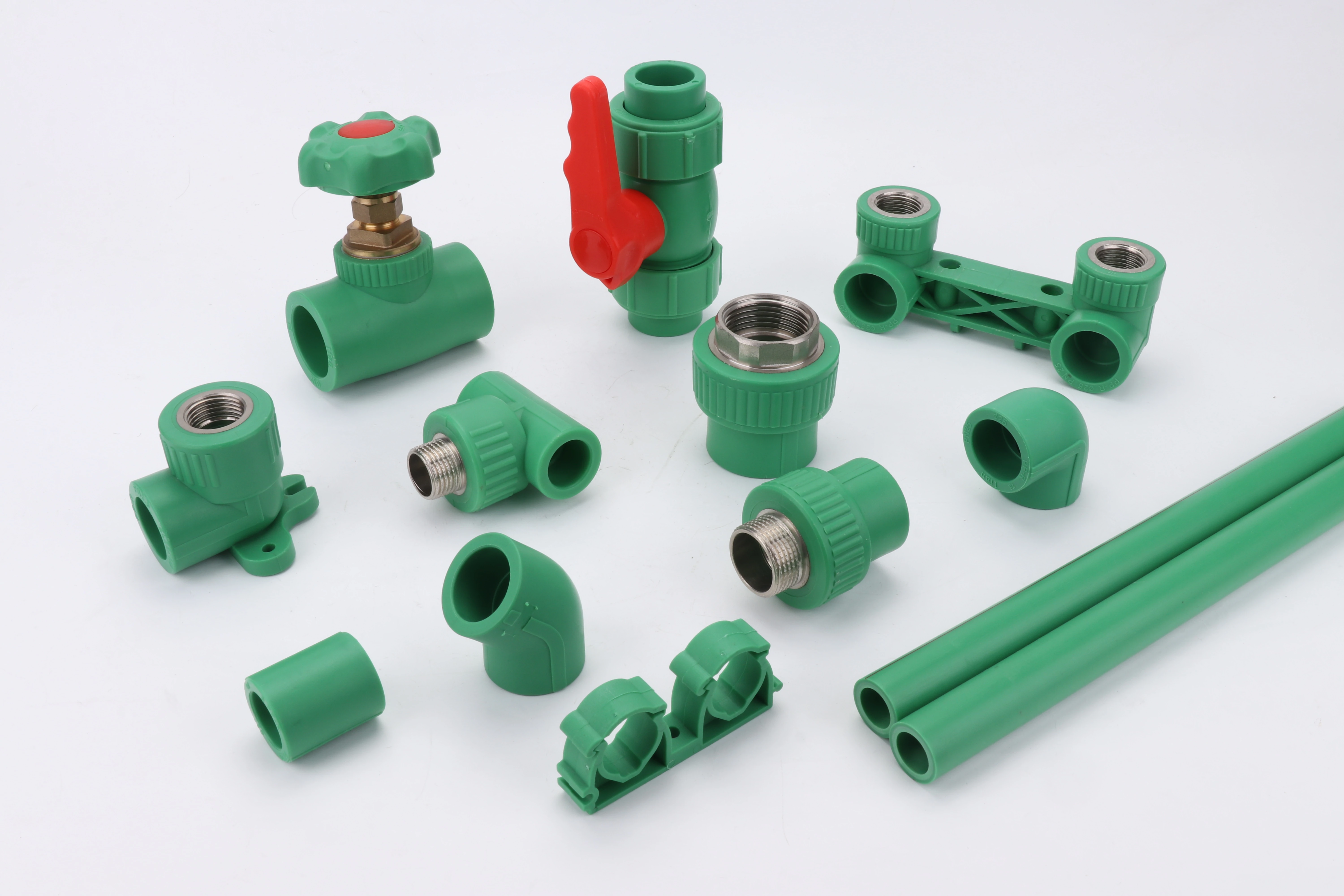During a high-rise retrofit project, I watched installers struggle with rigid PPR pipes in tight mechanical rooms while the PEX installation team worked efficiently around existing obstacles. This stark contrast demonstrated how flexibility dramatically impacts installation efficiency and project timelines.
PEX pipes are significantly more flexible than PPR due to their cross-linked polymer structure, allowing bending without additional fittings. This flexibility enables PEX to navigate around obstacles, reduce connection points, and adapt to complex layouts that would require multiple fittings and increased labor with rigid PPR systems.
Understanding the practical implications of this flexibility difference helps professionals select the optimal piping material for specific applications. Moreover, recognizing how molecular structure influences installation approaches can lead to substantial project efficiencies. Let’s examine the technical foundations and practical advantages of PEX’s flexibility.
What Molecular Structure Gives PEX Superior Flexibility Over PPR?

When we conducted material testing comparing PEX and PPR samples, the laboratory results revealed how fundamentally different polymer arrangements create dramatically different mechanical properties, explaining why PEX can bend without permanent deformation while PPR remains rigid.
PEX’s cross-linked molecular structure creates a three-dimensional network that allows movement while maintaining shape memory, whereas PPR’s linear polymer chains remain rigid and brittle when bent. This cross-linking enables PEX to flex without cracking and return to its original shape, providing superior mechanical resilience compared to PPR’s more static structure.
Molecular Architecture Differences
The fundamental polymer science explains the flexibility variation. PEX (cross-linked polyethylene) undergoes a manufacturing process that creates covalent bonds between polymer chains, forming a flexible network structure. This interconnected arrangement allows molecular movement while maintaining overall integrity, similar to how a net flexes without breaking.
Meanwhile, PPR (polypropylene random copolymer) features linear polymer chains with occasional ethylene groups inserted randomly along the backbone. While this structure provides good chemical resistance and temperature tolerance, it lacks the dynamic cross-links that enable PEX’s flexibility. When subjected to bending stress, PPR’s linear chains cannot redistribute the force effectively, leading to potential stress whitening and crack propagation.
Additionally, the cross-linking density in PEX determines its specific flexibility characteristics. PEX-A (peroxide method) achieves approximately 85% cross-linking, creating the most uniform network and superior shape memory. PEX-B (silane method) reaches about 80% cross-linking, offering good flexibility with slightly less memory retention. PEX-C (electron beam method) provides intermediate cross-linking levels with flexibility suitable for most applications.
Practical Performance Implications
These molecular differences manifest in measurable performance characteristics:
| Недвижимость | PEX | PPR | Practical Impact |
|---|---|---|---|
| Minimum Bend Radius | 5-8x diameter | Not recommended | PEX navigates tight spaces |
| Shape Memory | Excellent | None | PEX returns to original shape |
| Stress Resistance | Distributes evenly | Concentrates at points | PEX resists cracking |
| Installation Temperature | Flexible in cold | Becomes brittle | PEX installs in winter |
How Does PEX Simplify Installation in Tight Spaces Compared to PPR?
While renovating a historic building with extremely confined mechanical chases, our team completed the PEX installation in one-third the time estimated for PPR, demonstrating how flexibility translates directly into labor savings and project acceleration.
PEX simplifies tight space installation by bending around obstacles without fittings, snaking through existing structures, and allowing pre-fabrication of complex assemblies. Conversely, PPR requires precise measurements, multiple fittings, and rigid alignment, making confined space work significantly more challenging and time-consuming.
Installation Approach Comparison
The flexibility advantage transforms installation methodologies. With PEX, installers can snake pipes through finished walls and ceilings with minimal demolition, bend around structural elements without cutting and rejoining, and make final adjustments on-site without refabrication. This adaptability proves particularly valuable in retrofit situations where space constraints prevent ideal pipe routing.
However, PPR installations demand rigid adherence to planned layouts since each directional change requires a separate fitting. This necessitates precise measurement before fabrication, creates multiple potential leak points at connections, and often requires destructive access to accommodate the rigid pipe system. Additionally, the heat fusion process for PPR demands significant clearance around joints for tool access, further complicating confined space work.
Time and Labor Efficiency
Quantitative comparisons reveal significant productivity differences:
Fitting Reduction Impact
PEX typically requires 60-70% fewer fittings than equivalent PPR installations. This reduction translates directly to labor savings since each fitting represents measurement, fabrication, and installation time. Furthermore, fewer fittings mean fewer potential leak points, enhancing system reliability while reducing installation time.
Installation Speed Comparison
In our documented projects, PEX installation proceeded 40-60% faster than PPR in constrained spaces. The flexibility allowed installers to make rapid adjustments without returning to the workshop for refabrication. Additionally, the ability to install longer continuous sections reduced the number of workspace transitions, further accelerating progress.
Why Is PEX Better for Retrofit Projects Requiring Complex Bending?
A hospital retrofit required plumbing updates without disrupting operations. PEX’s flexibility enabled installation through existing chases and around medical equipment that would have been inaccessible to rigid PPR, preventing service interruptions and saving approximately $50,000 in relocation costs.
PEX excels in retrofit applications because it can navigate existing structures without demolition, bend around obstructions without performance compromise, and adapt to imperfect measurement situations. These advantages minimize structural impact, reduce restoration costs, and enable plumbing updates in occupied buildings with minimal disruption.
Retrofit-Specific Advantages
PEX addresses several challenges unique to renovation work. Its flexibility allows installation through existing openings and wall cavities that wouldn’t accommodate rigid pipe systems. This capability often eliminates the need for destructive demolition and subsequent restoration, representing substantial cost savings. Additionally, PEX can frequently utilize existing pipe chases and pathways, further minimizing structural impact.
Moreover, PEX’s ability to make gradual bends rather than sharp directional changes enables navigation around unexpected obstructions commonly encountered in retrofit work. When structural elements, other utilities, or building features block the planned path, PEX can typically bend around them without redesigning the entire system. This adaptability proves invaluable when working with imperfect information about existing conditions.
Economic and Practical Benefits
The retrofit advantages translate to measurable project benefits:
Cost Avoidance Opportunities
PEX retrofits typically generate 25-40% savings in structural restoration costs compared to PPR installations. Since PEX requires smaller access openings and can snake through existing spaces, drywall repair, painting, and finish work are minimized. Additionally, the reduced need for exact measurements decreases material waste from fabrication errors.
Occupancy Preservation
Unlike rigid systems that often require space evacuation for installation, PEX’s flexibility enables work in occupied buildings with minimal disruption. This proves particularly valuable in commercial settings where business interruption costs can exceed actual construction expenses. The ability to work within confined hours without displacing occupants represents a significant advantage for property managers and owners.
What Cost Savings Does PEX Offer Through Reduced Fitting Requirements?
When we analyzed a 50-unit apartment building project, the PEX system required 287 fewer fittings than the PPR alternative, generating $8,600 in direct fitting cost savings and approximately $12,000 in reduced installation labor.
PEX generates significant cost savings by reducing fitting quantities 60-70% compared to PPR systems, eliminating both fitting purchase costs and installation labor. Additionally, fewer connections decrease potential leak points, lowering long-term maintenance costs and warranty exposure while improving system reliability.
Direct Cost Reduction Analysis
The fitting reduction creates multiple savings categories. For material costs, each eliminated fitting represents direct purchase cost avoidance, including not only the fitting itself but also additional required components like PPR fusion kits, support brackets, and insulation adjustments. Our project data indicates PEX systems typically save $150-$300 per residential unit in direct fitting costs compared to PPR equivalents.
Regarding labor efficiency, each fitting elimination saves 15-25 minutes of installation time encompassing measurement, fabrication, assembly, and inspection. With professional plumbing labor rates of $75-$150 per hour, these time savings quickly accumulate. Furthermore, reduced fitting counts simplify system layout and require fewer tool setups, creating additional workflow efficiencies.
Comprehensive Economic Impact
The financial advantages extend beyond immediate installation savings:
| Cost Category | PEX Advantage | Typical Savings | Factors Influencing Savings |
|---|---|---|---|
| Fitting Materials | 60-70% fewer fittings | $1.50-$4.00 per eliminated fitting | Project complexity, pipe size |
| Installation Labor | 40-60% faster installation | $2.50-$6.00 per eliminated fitting | Labor rates, space constraints |
| Design Time | Simplified layout | 15-30% reduction | System complexity, designer experience |
| Maintenance | Fewer leak points | 35-50% lower repair incidence | Water quality, operating pressure |
Long-Term Value Considerations
Beyond immediate cost savings, PEX delivers ongoing economic benefits. The reduced fitting count decreases potential failure points, lowering maintenance costs and extending system lifespan. With approximately 85% of plumbing leaks occurring at connections rather than pipe runs, minimizing fittings substantially improves long-term reliability.
Additionally, the flexibility advantage creates future modification benefits. When building layouts change or systems require expansion, PEX can frequently be adapted without complete replacement. This adaptability preserves initial investment value and reduces lifecycle costs compared to more rigid systems that may require extensive demolition and replacement for modifications.
Заключение
PEX’s superior flexibility, derived from its cross-linked molecular structure, provides significant advantages over PPR in installation efficiency, retrofit adaptability, and overall project economics. The substantial reduction in fitting requirements generates direct cost savings while improving system reliability, making PEX the preferred choice for projects requiring complex routing, working in confined spaces, or seeking to maximize value through reduced labor and material costs.













Последние комментарии